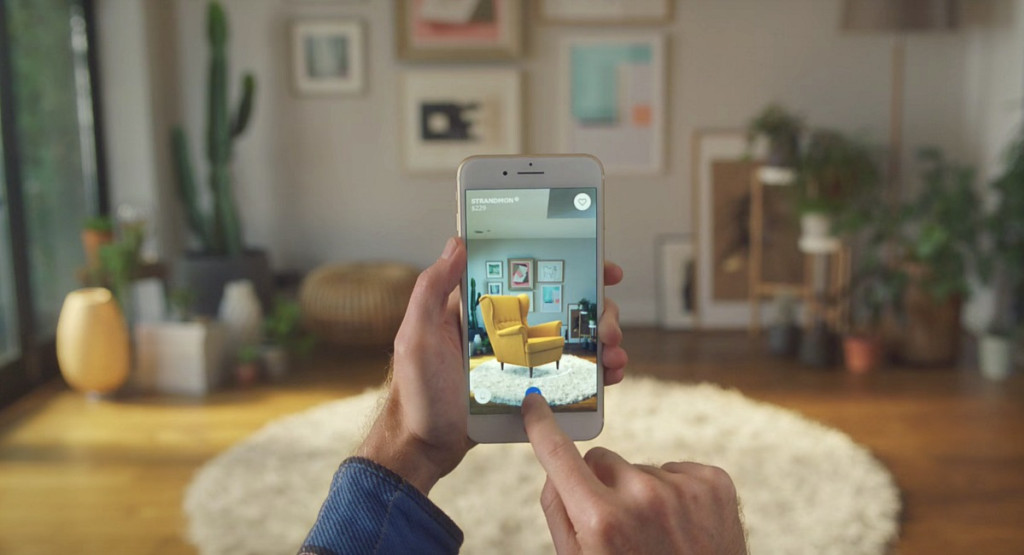The infrared light spectrum is invisible to the naked eye, but that doesn’t mean that you can’t capture it on a digital camera. Here is a quick guide to converting your old digital camera into a device that can pick up infrared light. You’ll need a screwdriver, a cheap camera, your phone camera, a pot for screws, latex gloves, and some blue filter plastic.
Choose A Camera
When choosing a digital camera to convert, you’ll want to make sure you are not messing around with anything too expensive. Pick an old camera that you rarely use or buy a dirt-cheap second-hand example from eBay. Most cheap digital cameras absorb IR light extremely well, which means that manufacturers install filters to stop this from happening. The method of modification in this guide involves the removal of the IR filter from the camera. You’ll need to replace it with a blue filter. It shouldn’t be too difficult to find electronic parts to replace any you may damage accidentally during the process.
Open It Up
Carefully unscrew (or unclip) the case of your camera entirely. Take pictures of where the screws or clips were originally placed for reference.
Remove The Boards
The next step is to remove the PCB boards so that you can access the CCD assembly. Every camera has a different PCB arrangement, so you’ll have to look at circuit diagrams for your individual model if you want to be absolutely sure of what you are doing. Keep taking pictures as you remove the boards.
Remove The CCD Assembly
Once the PCB boards are safely out, it is time to remove the CCD assembly. CCD stands for Charge-Coupled Device. It is the key sensor that converts light into digital pixels in a camera. You might have to carefully remove the LCD display in order to access the CCD. Make sure to be careful not to break the ribbon wire that connects the display to the camera.
Locate And Remove The IR Filter
The IR spectrum blocking filter will be located in a different place in each camera, but luckily it is very easy to spot. It is an extremely thin glass pane that gives off a blue reflection when moved in the light. Once you take out the filter, there is no going back – your camera will never return to normal.
Install A New Filter
You now need to install a filter that blocks out the visible light spectrum only allowing the IR spectrum light to get through to the CCD. Regular blue congo light filters will work if layered on top of each other. This is an immensely fiddly task, but it works well. Wear a pair of latex gloves to avoid getting fingerprints on the new filters. Carefully reassemble your camera using the pictures you took during disassembly as a guide. If everything has gone to plan, you should start taking great infrared photos straight away.













Leave a Reply